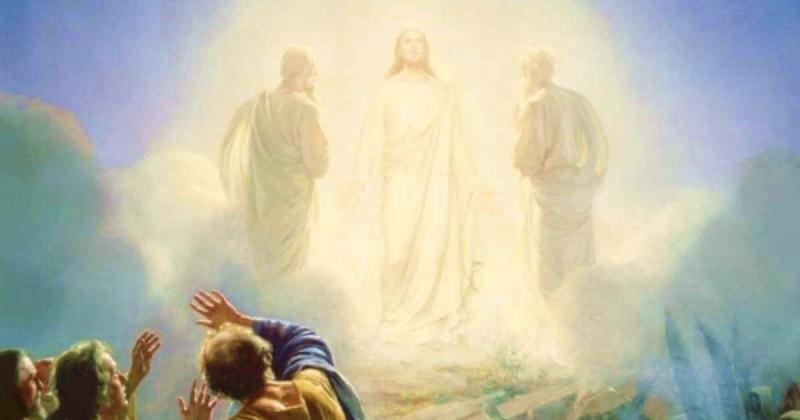|
On August 8, the church celebrates the feast of the Transfiguration of Our Lord, which commemorates Jesus’ appearance in resplendent glory atop Mount Tabor.
The Transfiguration is recounted in the Gospels of Matthew (17:1-8), Mark (9:2-8) and Luke (9:28-36), and in 2 Peter (1:16-20), and it is another pivotal moment in the life of Christ — similar to his baptism — that discloses his identity to his disciples as the Son of God. In this event, he appears flanked by the prophets Moses and Elijah and is seen by three apostles, Peter, James and John.
Reflective of this importance, the Eastern Christian traditions enshrine the Transfiguration among the principal feasts of the liturgical year, underlining in their hymnography the mercy and compassion of Christ for his disciples ahead of the hardships to follow. The feast day is said to have originated in the Christian East during the late Patristic Period and spread to the West only several centuries later.
It is no coincidence that Lord Jesus chooses Peter, James and John to ascend with him to Mount Tabor, as he later chooses them to go with him to the foot of the Mount of Olives to pray with him in the Garden of Gethsemane.
The first sticheron at Great Vespers for the feast of the Transfiguration in the Byzantine tradition explains that Jesus revealed himself in glory to these three apostles, so they could endure the crucifixion more courageously:
“O Lord, when you were transfigured before being crucified, Mount Tabor was made to resemble heaven; for a cloud was extended as a canopy, and the Father bore witness to you. Peter, James, and John were also there, the same three apostles who were to be with you at the time of the betrayal of Judas, so that, having seen you in glory, they would not be dismayed at the time of your suffering. Likewise, O Lord, make us worthy to recognize you as our God in the same sufferings you endured in your great mercy, and to adore you.”
On Mount Tabor, the apostles were given an overwhelming sign of the divinity of Christ. His Transfiguration was to instruct the apostles to see him as truly the Son of God in all circumstances, even when his bloody body would hang on the cross. For when Christ would suffer on the cross, he would seem least like the Messiah.
The church further links the relationship between the Transfiguration and the crucifixion by commemorating the feast of the Exaltation of the Holy Cross 40 days later, on 14 September.
The Transfiguration was intended to be a teaching moment and to confirm the apostles in the faith they had proclaimed earlier in the Gospel — that Jesus is the Messiah (cf. Mt 16:16) — so as to persevere through the crucifixion of Christ with the assurance of the Resurrection. In the same way today, the feast of the Transfiguration is intended to confirm us in our faith, so we may endure the crosses in daily life with the assurance of Christ’s promise.
The people who live in the countries in which CNEWA works bear many crosses. This week, we remember with particular solicitude those who died and those who continue to suffer in Lebanon due to last year’s Beirut port explosions. On this first anniversary, may the Lord shine his everlasting light upon the Lebanese people, strengthening them to pick up their cross and rebuild with faith in God’s promise that he will “make all things new” (Rev 21:5).
|
